Diecast Aircraft Top 5 Facts
Diecast aircraft models have captured the hearts of aviation enthusiasts and collectors for decades. These meticulously crafted miniature airplanes offer a tangible connection to the world of flight, allowing individuals to appreciate the beauty and engineering of various aircraft. From historical warbirds to modern commercial jets, diecast models provide a detailed and accurate representation of their full-sized counterparts. This article explores five fascinating facts about diecast aircraft, shedding light on what makes them so special. Delve into the world of these miniature marvels and discover why they continue to be a beloved hobby for people of all ages. Whether you’re a seasoned collector or just starting, these facts will enhance your appreciation for these detailed models.
Fact 1 Aircraft Types
The diversity of aircraft types available in diecast form is truly astounding. Collectors can find models representing nearly every aircraft that has graced the skies, including military fighters, bombers, transport aircraft, and civilian airliners. Each model is designed to replicate a specific aircraft type, providing a snapshot of aviation history. The availability of different aircraft types is a significant draw for collectors, allowing them to build diverse collections that reflect their interests, whether they are fascinated by the sleek lines of a modern jet or the historical significance of a vintage warplane. The range extends to experimental aircraft and unique prototypes, offering collectors endless possibilities for expanding their collections and discovering new models.
Different Aircraft Types
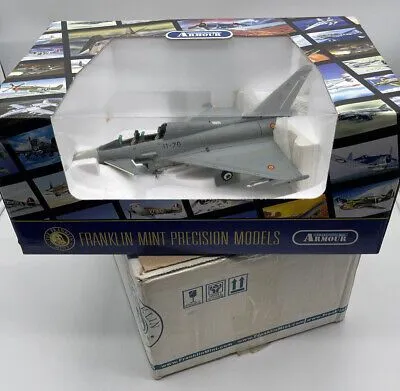
Within the category of aircraft types, a wide variety of models exists. Military aircraft span from World War II fighters such as the P-51 Mustang and the Spitfire to modern jets like the F-22 Raptor and the Eurofighter Typhoon. Civilian aircraft include iconic airliners like the Boeing 747 and the Airbus A380, as well as smaller regional jets. The level of detail on these models can vary, but often includes accurate markings, panel lines, and even interior details visible through the windows. Collectors often specialize in particular types of aircraft, such as military jets, commercial airliners, or specific eras of aviation history, which adds depth and focus to their collections. The range of aircraft types ensures there’s something for every collector, no matter their passion.
Scale and Accuracy
The accuracy of diecast aircraft models is one of their most impressive features. Manufacturers use detailed blueprints and specifications to ensure that the models accurately represent the real aircraft. This includes the overall shape, dimensions, and even the smallest details like antennas, landing gear, and cockpit features. The dedication to scale accuracy is what truly sets diecast models apart. These are not just toys, but miniature replicas that are often prized by aviation enthusiasts who appreciate the fidelity to the original aircraft. Different scales are used to cater to collectors, with the most popular being 1 72 and 1 200. Careful consideration is given to these models to replicate their full-size counterparts.
Scale and Accuracy
Maintaining scale accuracy is crucial in diecast aircraft modeling. The scale of the model, such as 1 72 or 1 200, determines the ratio between the model’s dimensions and the actual aircraft’s dimensions. This ensures that all the details are proportionately correct, from the wingspan to the fuselage length. Beyond the overall dimensions, manufacturers pay attention to details such as panel lines, rivets, and even the color and placement of markings. The level of detail is often impressive, with some models featuring detailed cockpits, working control surfaces, and even tiny pilot figures. Accuracy and scale go hand in hand, allowing collectors to appreciate the true representation of the real-life aircraft. The commitment to detail is a key factor in the appeal of these models.
Fact 2 Materials Used
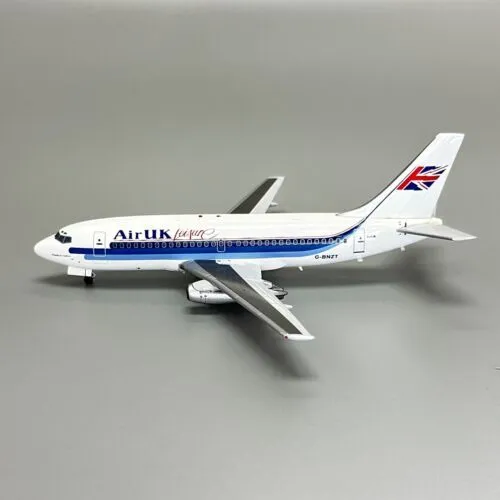
The primary materials used in diecast aircraft are selected for their durability and ability to capture fine details. Diecast metal, usually zinc alloy, is used for the main body of the aircraft. This material provides weight and a solid feel, while also allowing for intricate detailing. Other materials, such as high-quality plastics, are used for components like wings, tail fins, and smaller details. The combination of these materials contributes to the overall quality and aesthetic appeal of the model. The careful selection of these materials ensures that the models look great and can stand the test of time. The choice of materials reflects the manufacturer’s dedication to quality and precision in the crafting of these models.
Metal Diecast
Diecast metal is the backbone of most diecast aircraft models. The use of metal provides a sense of realism, weight, and durability. The metal is injected into molds under pressure, which allows for the creation of complex shapes and fine details, such as panel lines, rivets, and access panels. This process provides models with the robust structure that allows them to withstand handling and maintain their shape over time. The weight of the metal gives the models a satisfying feel, enhancing the sense of quality. The metallic look adds to the authentic look of the models. Diecast metal is the most common material used in the construction of these detailed aircraft.
Plastic Components
While diecast metal forms the main structure, plastic components are commonly used in diecast aircraft models. Plastic is especially ideal for components requiring intricate detailing or complex shapes. Wings, tail fins, propellers, and landing gear often use high-quality plastic. Plastic can be molded into very intricate forms, which allows manufacturers to include fine details such as control surfaces, antennas, and other small features. The use of plastic allows for a higher degree of detail and color accuracy, which is hard to achieve in metal alone. Plastic is also more resistant to certain types of damage. Plastic is used strategically to enhance both the realism and the durability of the models.
Fact 3 Popular Scales
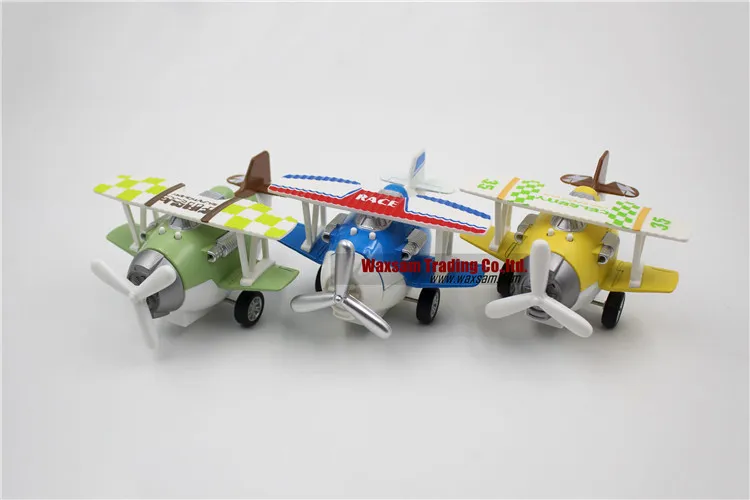
Several scales are popular among diecast aircraft collectors, each offering different benefits and appeal. The scale of a model determines its size in relation to the real aircraft. The two most popular scales are 1 72 and 1 200. The 1 72 scale offers a good balance between size and detail, making the models large enough to showcase intricate features. The 1 200 scale is ideal for collectors who want to display a large number of models in a smaller space. Other scales, like 1 48 and 1 100, are also available, catering to a range of preferences. The choice of scale depends on factors like display space, desired level of detail, and personal preference. The availability of models in multiple scales adds to the variety within the hobby and gives collectors more flexibility when curating their collections.
1 72 Scale
The 1 72 scale is a popular choice among collectors for its balance between size and detail. This scale allows for detailed models without taking up excessive space. Models in this scale are large enough to feature intricate details, like panel lines, cockpit interiors, and moving parts. The 1 72 scale is particularly favored for military aircraft, allowing for impressive displays that show off the model’s features and the overall design. The availability of models in this scale is also vast, with numerous aircraft types available. Collectors can find almost any military aircraft, along with certain civilian aircraft, in this scale. This widespread availability makes the 1 72 scale an excellent starting point for many collectors. The models offer great detail and a satisfying visual impact.
1 200 Scale
The 1 200 scale is an attractive option for collectors who want to amass a large collection within a limited space. These models are smaller, making them easier to display in larger quantities. Despite their smaller size, 1 200 scale models still offer a remarkable level of detail, featuring accurate paint schemes, markings, and basic details. This scale is very popular for collectors who focus on commercial airliners, where it’s easier to represent a fleet of aircraft realistically. The 1 200 scale is a great choice for collectors who are new to the hobby or those who are short on display space, offering a cost-effective way to build impressive collections. Despite their smaller size, the models offer a great level of detail and visual appeal.
Fact 4 Detailing and Features
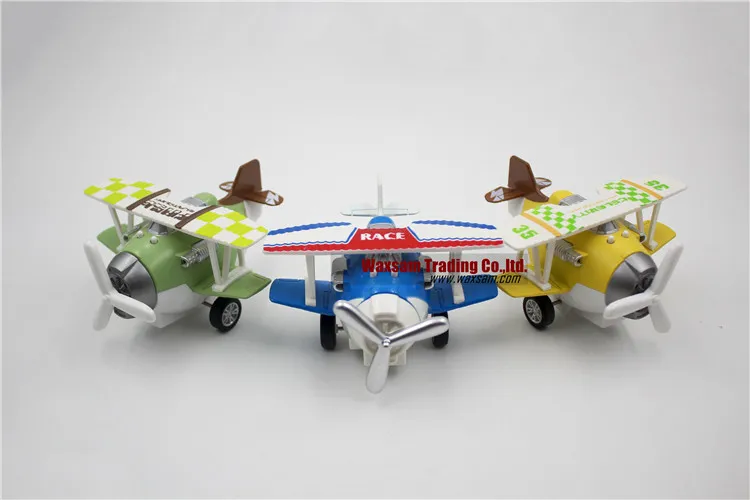
The level of detailing and features found in diecast aircraft models is one of their defining characteristics. Manufacturers use a variety of techniques to replicate the intricacies of real aircraft. The detailing includes panel lines, markings, and moving parts. The degree of detail can vary depending on the scale and the manufacturer, but even entry-level models often include impressive features. The models are designed to be as close as possible to the actual aircraft, allowing enthusiasts to appreciate the engineering. The attention to detail and these features enhance the realism of these models, making them highly sought-after by collectors.
Panel Lines and Markings
Panel lines and markings are crucial elements in the realism of diecast aircraft models. These details are typically created by carefully etching or printing the panel lines onto the metal surface. The markings, which include insignias, registration numbers, and stencils, are often applied using tampography or decals. These processes allow manufacturers to create highly detailed and accurate representations of the markings found on the real aircraft. Some models even include weathering effects, such as simulated dirt and grime, which enhances the models’ realism. The level of detail in panel lines and markings makes these models visually striking. These meticulous details transform a simple model into a highly accurate replica.
Moving Parts
Many diecast aircraft models feature moving parts, which further enhance their appeal. These can include movable control surfaces, such as ailerons and elevators, as well as landing gear that can be extended or retracted. The inclusion of moving parts allows collectors to interact with the models and change the appearance of the display. Some models feature spinning propellers or rotating turrets. The moving parts provide a dynamic element, making the models more engaging. Such features are an important part of the realism. They offer a level of interaction that enhances the overall collecting experience, creating more dynamic and engaging models.
Fact 5 Collecting and Value
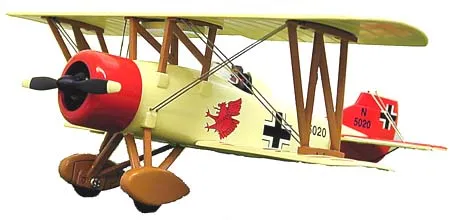
Diecast aircraft models can be a rewarding hobby, with collections ranging from a few cherished pieces to extensive displays. The value of a model depends on various factors. These factors include the rarity, the manufacturer, the condition, and the demand. Rare or limited-edition models, especially those from well-regarded manufacturers, can command high prices. The condition of a model is extremely important, with models in mint condition being the most valuable. The value of a model is determined by multiple elements. The process of collecting involves more than just gathering models. It involves researching the history of the aircraft and learning about the manufacturing of these detailed replicas. Collectors are drawn to the history and the thrill of the hunt.
Rarity and Demand
The rarity and demand are key factors in determining the value of diecast aircraft models. Limited-edition models, produced in small quantities, are often highly sought after by collectors. The demand for a specific model is often influenced by the aircraft’s historical significance, the manufacturer’s reputation, and the model’s overall quality. Models of iconic aircraft, such as the Concorde or the SR-71 Blackbird, are generally more valuable because of their popularity. Collectors are always on the lookout for rare or discontinued models, which can significantly increase in value over time. Rarity and demand drive the market for these collectables, with collectors often willing to pay a premium for models that are hard to find.
Condition and Preservation
The condition and preservation of diecast aircraft models are critical in determining their value. Models in mint condition, with no signs of wear and tear, are the most valuable. The original packaging also contributes to the model’s value. Proper storage and display are important to preserve the condition of the models. Collectors should keep their models away from direct sunlight, excessive humidity, and extreme temperatures. Many collectors store their models in display cases or protective packaging to prevent dust and damage. Careful handling, storage, and display are essential to maintain the value and the overall appearance of diecast aircraft models. Maintaining the model’s condition is a priority for any serious collector.
In conclusion, diecast aircraft offer a captivating hobby for enthusiasts of all ages. From the diverse range of aircraft types and accurate scaling to the meticulous detailing and the thrill of collecting, these miniature marvels provide a unique blend of history, engineering, and artistry. The models continue to be a popular choice. If you’re looking for a hobby that combines a love of aviation with a passion for collectibles, diecast aircraft may be the perfect fit. Explore the world of these detailed replicas and you’ll discover a fascinating and rewarding pursuit.
